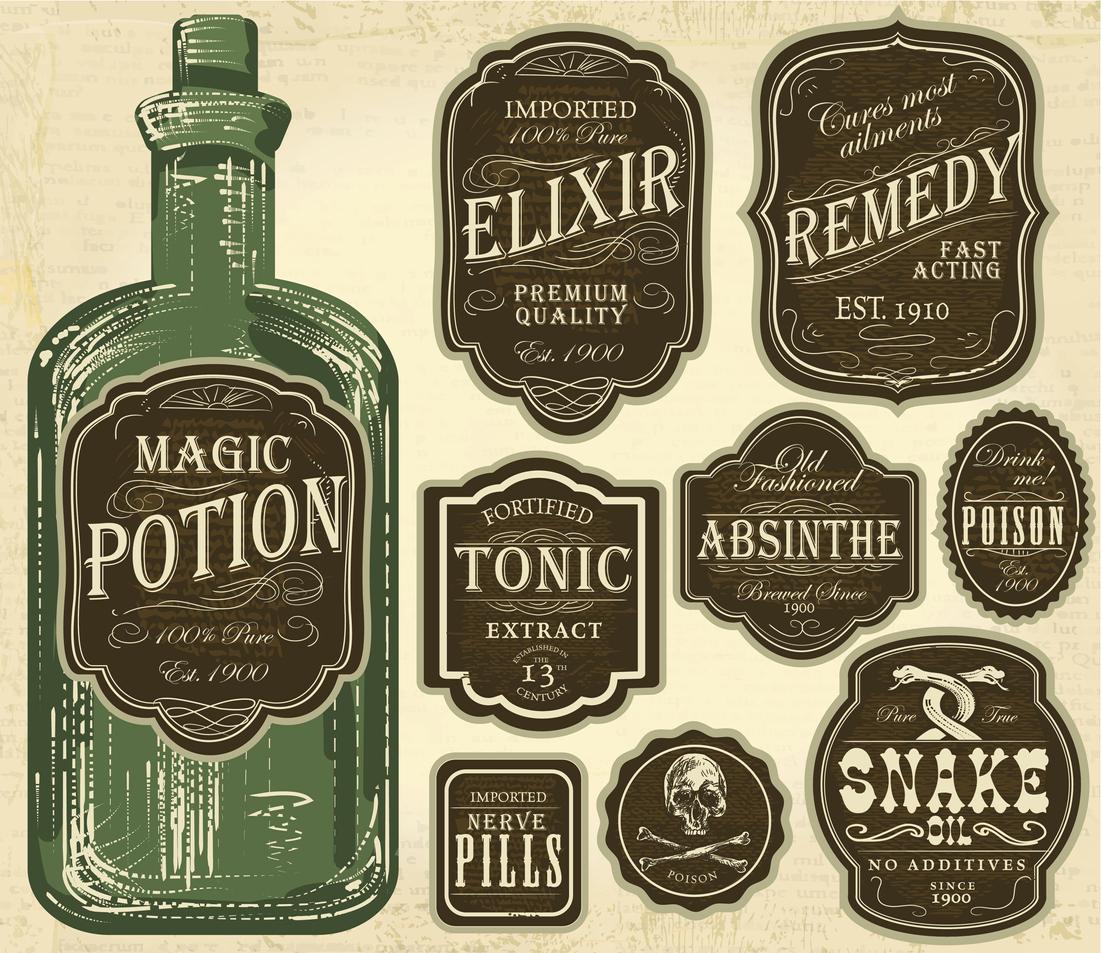From bizarre historical food and beverage remedies to macabre medical treatments, people have always indulged in strange theories and dubious science. From the ridiculous to the magical, here’s to your health!
Urine Elixirs
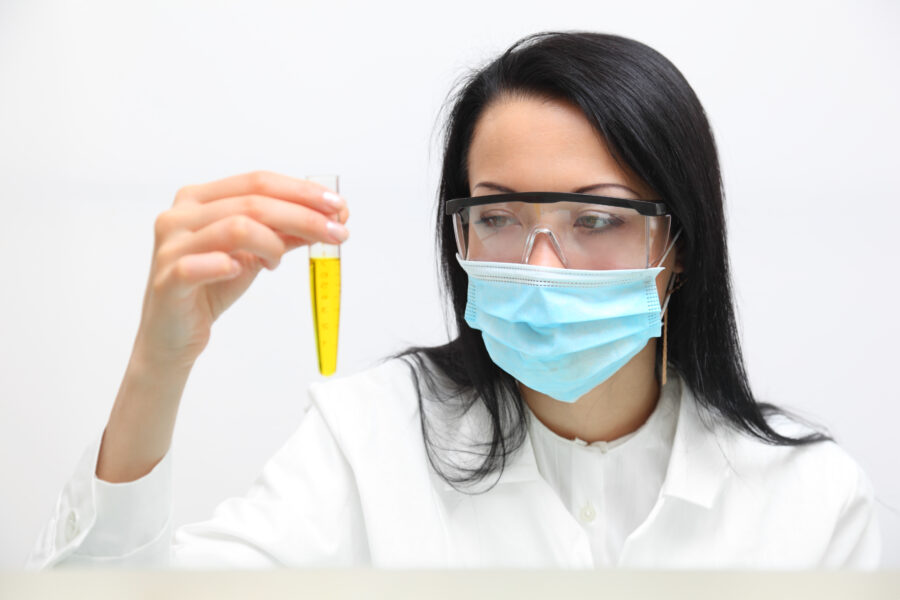
According to the National Institutes of Health, the people of Egypt, Rome, and Greece once turned to urine as a primary healing tool. That’s right, urine.
An important note: Urine is not necessarily toxic, but it is still riddled with microbes, especially once it leaves the body. Not exactly ideal for health.
Oh, and in case you’re wondering, drinking, or applying urine after being stung by a jellyfish may not actually work. Urine can actually make a sting worse.
Congealed Salad Snacks

Just stick a freshly tossed salad into a Jell-O mold, along with a flavored Jell-O packet. Folks during the Great Depression did this to help with sadness.
This type of salad included a recipe for the “Oriental Compote.” It’s made up of peaches, peach juice, lemon or orange Jell-O, and some cooked rice.
And then there’s the “Spanish Jell-O Salad,” which was crammed full of lemon Jell-O, pimientos, celery, pickles, white cabbage, and vinegar. It’s not exactly authentic.
Bloodletting

Hippocrates had a theory that health was attained with the balance of the four “humors”: sanguine (blood), phlegmatic (phlegm), choleric (yellow bile), and melancholic (black bile).
If you found that any single humor was out of balance, you could seek out a good ol’ bloodletting to get your body back on track.
Here’s an interesting fact: The striped red and white barber’s pole you still see today is a relic of a time when barbers offered bloodletting services.
Mummy Powder
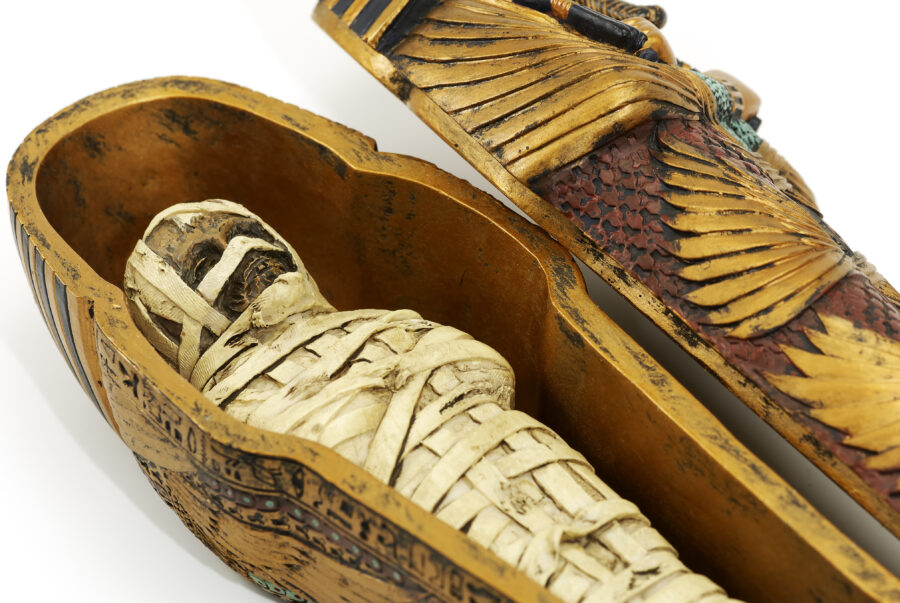
In the 12th century, the Romans believed that common ailments could be cured with a mixture of human blood, bone, and flesh. It makes sense…kind of?
This concoction was pretty commonplace for centuries. Apothecaries often kept plentiful stores of “mummy powder,” which was made from exhumed (well, stolen) mummies from Egypt.
Another interesting Roman belief: If you drank the blood of a gladiator who’d died in battle, it could cure your epilepsy. Worth a try? Probably not.
Scented Womb Lotion
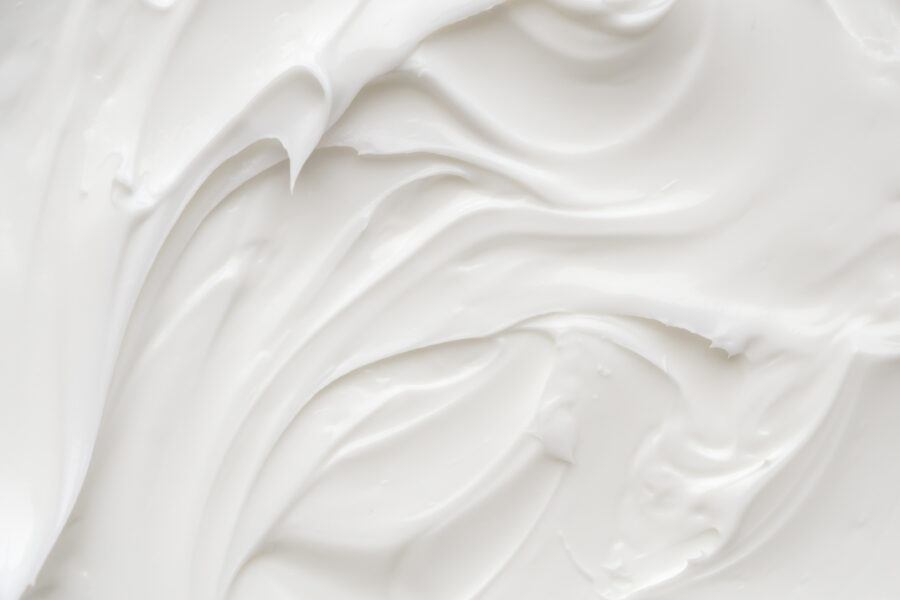
Ancient Greeks believed that a woman’s womb had a mind of its own. They thought it could wander around the body, causing seizures, suffocation, and “hysteria.”
It was theorized that the womb could be lured back into place, however. All you needed to do was apply a nice-smelling lotion between a woman’s thighs.
So, does that mean that should we thank the Ancient Greeks for Bath & Body Works? Possibly. Still, the idea is not exactly rooted in science.
Skull Holes
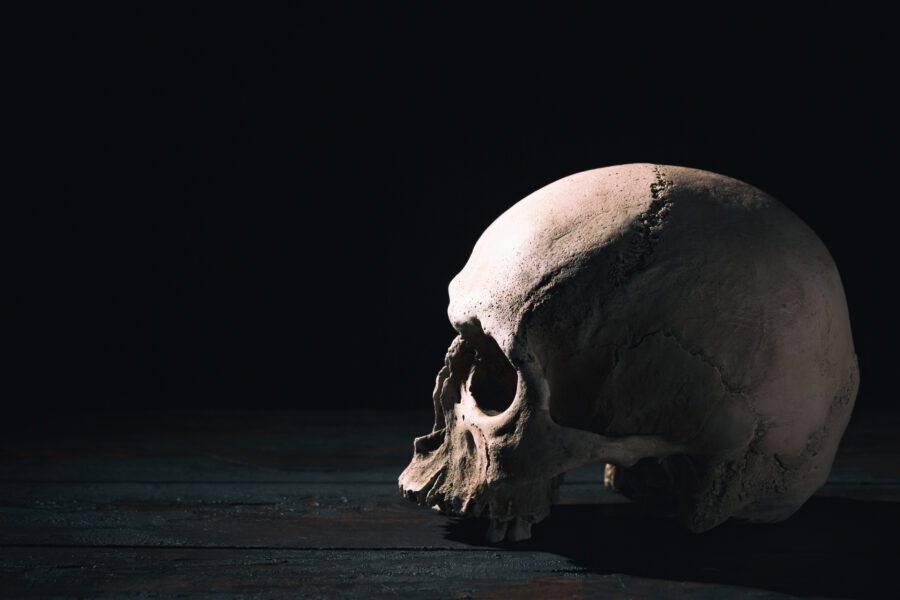
Known as trepanation, this particularly old-school practice dates back to the Neolithic period. Evidence of the practice has been found in archaeological digs the world over.
Drilling into a person’s skull and removing a piece of bone was used to help with migraines and mental health issues. We’ll stick with Advil, thanks!
Believe it or not, evidence suggests that many patients who underwent this ancient surgery actually survived. Well, they survived for a little while, at least.
Leeches
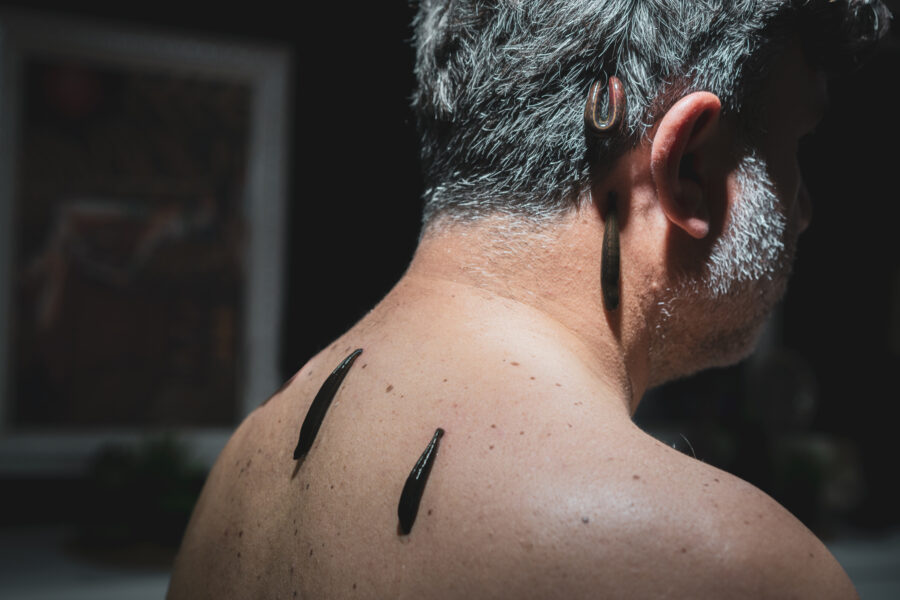
Leeches are nasty, but there was once a time when people applied them to parts of their bodies in order to rid themselves of infections.
Now, there was actually some justification to this madness. According to Mental Floss, leeches can numb pain, prevent blood clotting, and even protect against infection.
Modern scientists are taking a closer look at the potential benefits of leech treatments to help treat varicose veins and other circulatory disorders. Would you try it?
Chloroform
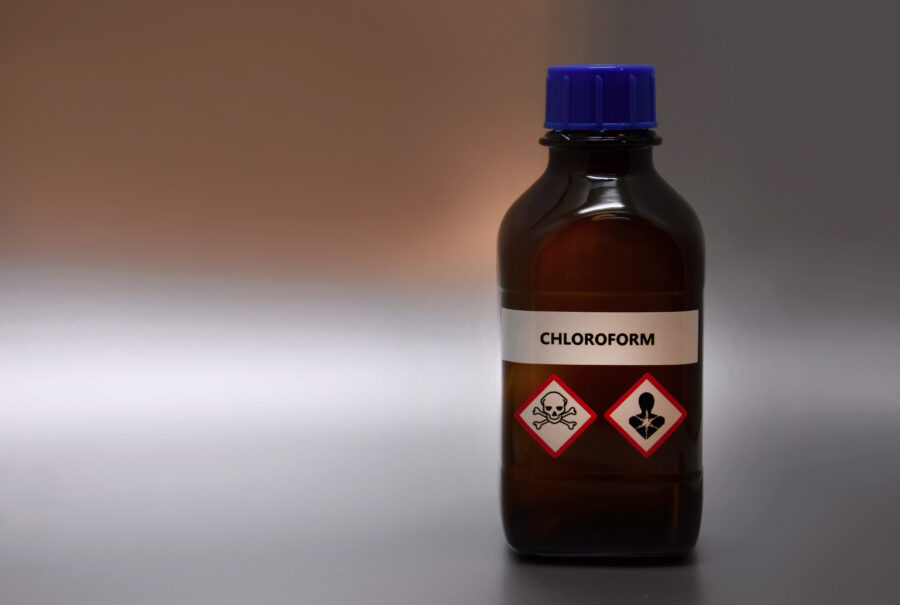
According to the first-ever Merck Manual of Diagnosis and Therapy, chloroform could be used to treat hiccups. Yeah, we’re just as confused as you are.
The thing is, chloroform can lead to respiratory failure and fatal cardiac arrhythmia when not used correctly. We’ll just spend a couple of minutes hiccuping, thanks.
If all else fails, imagine a green cow in a blue field. Sing a religious song, or look at a light fixture and say “pineapple” three times.
Mercury
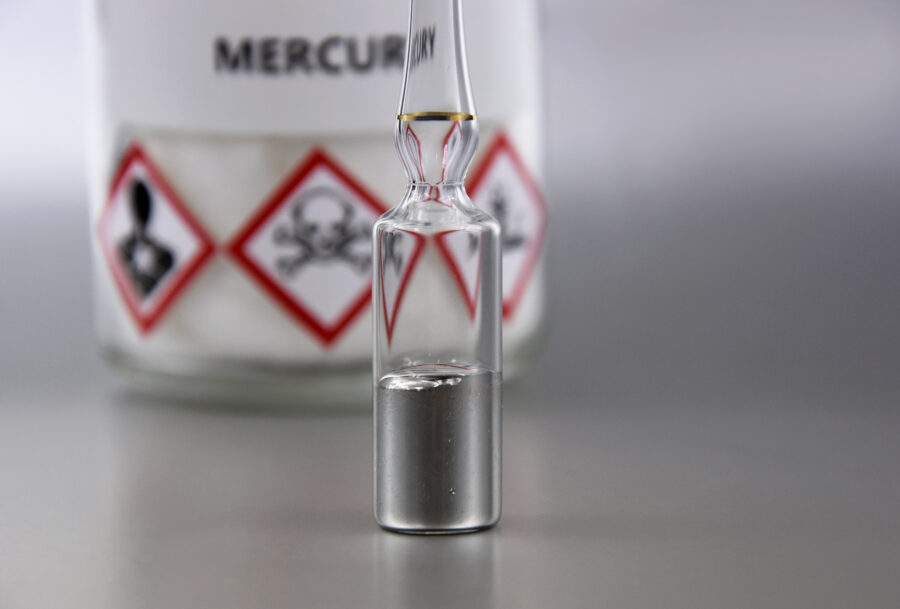
It actually took people a while to realize that mercury was bad for you. For hundreds of years, mercury was instead seen as a cure-all.
Mercury was a popular medicine as early as the 9th century. During the Victorian Era, it was used to cure syphilis, cholera, influenza, and even cancer.
It eventually fell out of practice in the 20th century. This may have been due to the growing evidence that mercury could literally make you go insane.
Elephant Bile

Drinking bile was actually pretty par for the course in ancient China. Elephant bile, in particular, was thought to cure bad breath. Doesn’t seem likely.
They didn’t drink it straight, since that would probably taste pretty gross (not that it tasted great after dilution). They’d mix it with water, at least.
It was believed to cure skin diseases, along with a slew of other animal biles. People would also put it in green tea to cure eye problems.
Snail Slime
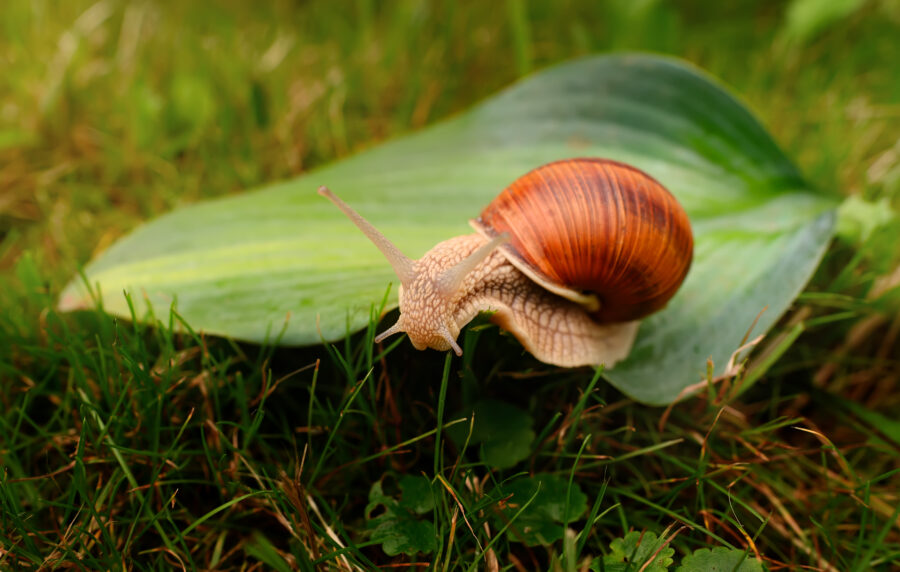
Got warts? No problem. If Irish folk cures from the 19th and early 20th are to be believed, the snails in your backyard might be the answer.
The method was pretty simple. You’d just let the snail slime all over your wart. After that, though, it gets ugly (for the snail, at least).
The snail was impaled on a thorn bush. Once it died, it was believed that your wart would fade away, too. Sucks to be a snail.
Raw Veal

If your first guess is that people ate this, you’d be wrong. Your guess makes sense, but if you’ve learned anything, it’s that these cures rarely did.
In ancient Rome, people would apparently historical remedy for rabies. They’d apply slices of the meat to their affected wounds and wait.
If that doesn’t sound like an infection waiting to happen, we don’t know what does. We can only assume that they didn’t consider regular bandages.
Hair and Deer Bones
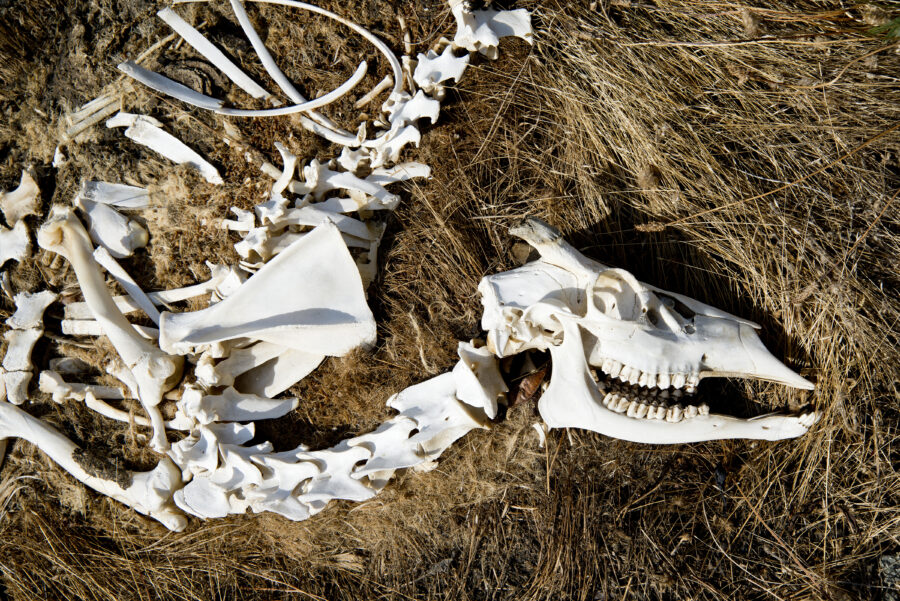
For people from the 17th century, ground deer bone mixed with hair was a match made in heaven. Especially when it came to curing epilepsy.
It couldn’t be just any part of the deer, though, and you couldn’t just eat it whenever you wanted to. There was a method to this madness.
According to William Penn, you had to grind up a deer’s leg bone. You would then consume the concoction prior to the next new moon.
Cigarettes

The fact that cigarettes were seen as a cure at all is hilarious enough. But you’ll never believe what these little cancer sticks were supposed to treat.
Asthma. It was supposed to cure asthma, of all things. There was a special type of “medical cigarette” that was meant to help your lungs.
This was popular in the 19th century. Some brands encouraged people to smoke these cigarettes multiple times a day and put tea leaves in their products.
Pickled Sheep Eyes

Eating an animal’s eyes can seem kind of gross, especially if you’ve never partaken in the delicacy before. But actually, it’s really not that uncommon.
What’s more uncommon, though, is eating them to cure your hangover. Back in the days of Genghis Khan, the Mongols ate pickled sheep’s eyes for this reason.
It hasn’t completely fallen out of fashion, either. Mongolian people have been known to down tomato juice topped with a sheep’s eye after a night of drinking.
Snake Oil
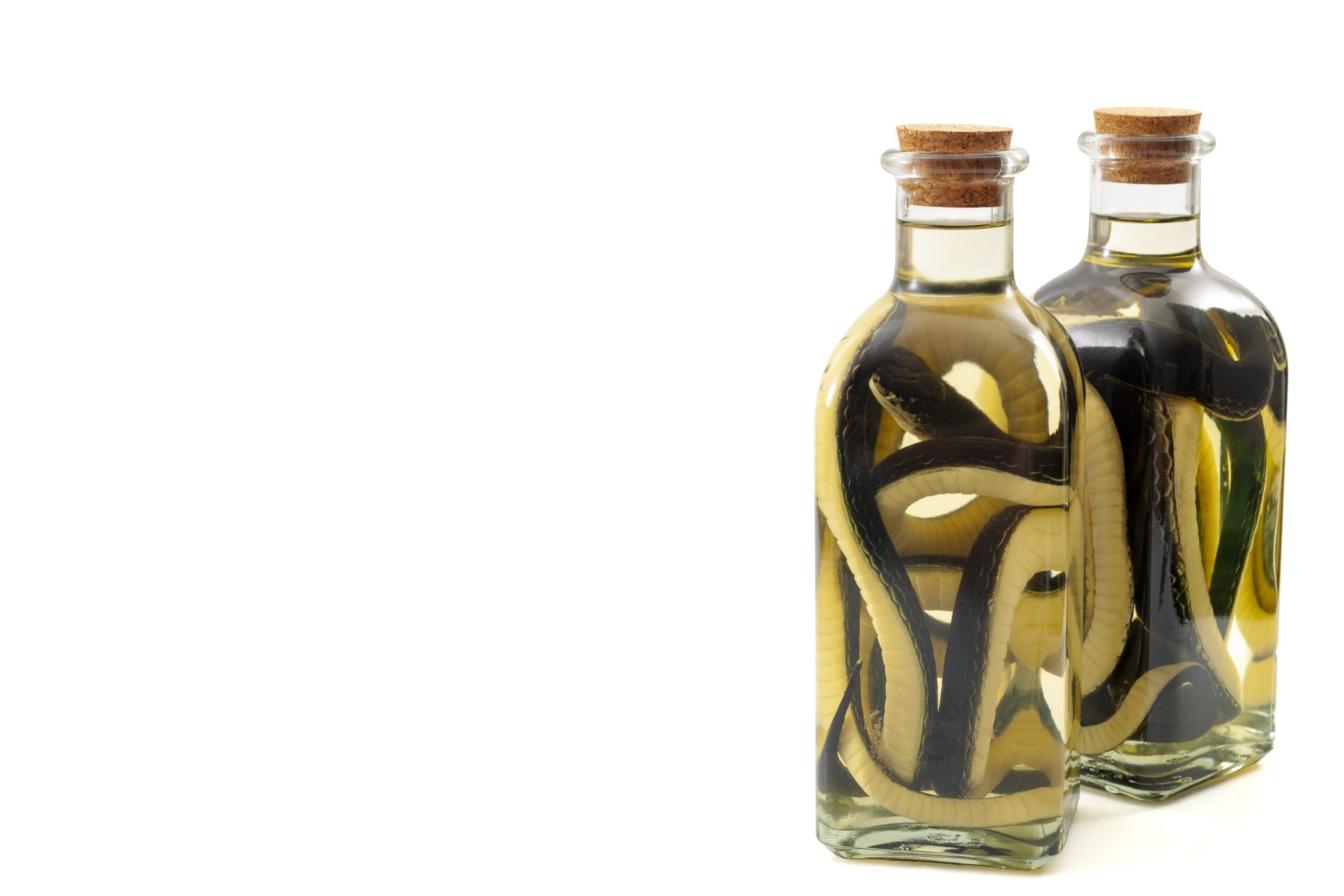
You know the term “snake oil” as a euphemism for bogus medical treatments, sold for a quick buck. But did you know it was an actual treatment?
Snake oil was used as a treatment for joint pain in traditional Chinese medicine. You can even find it being used to this day in some places.
There may actually be some science behind this ancient topical treatment. Snake oil is high in EPA, an omega-3 fatty acid with powerful anti-inflammatory properties.
Arsenic
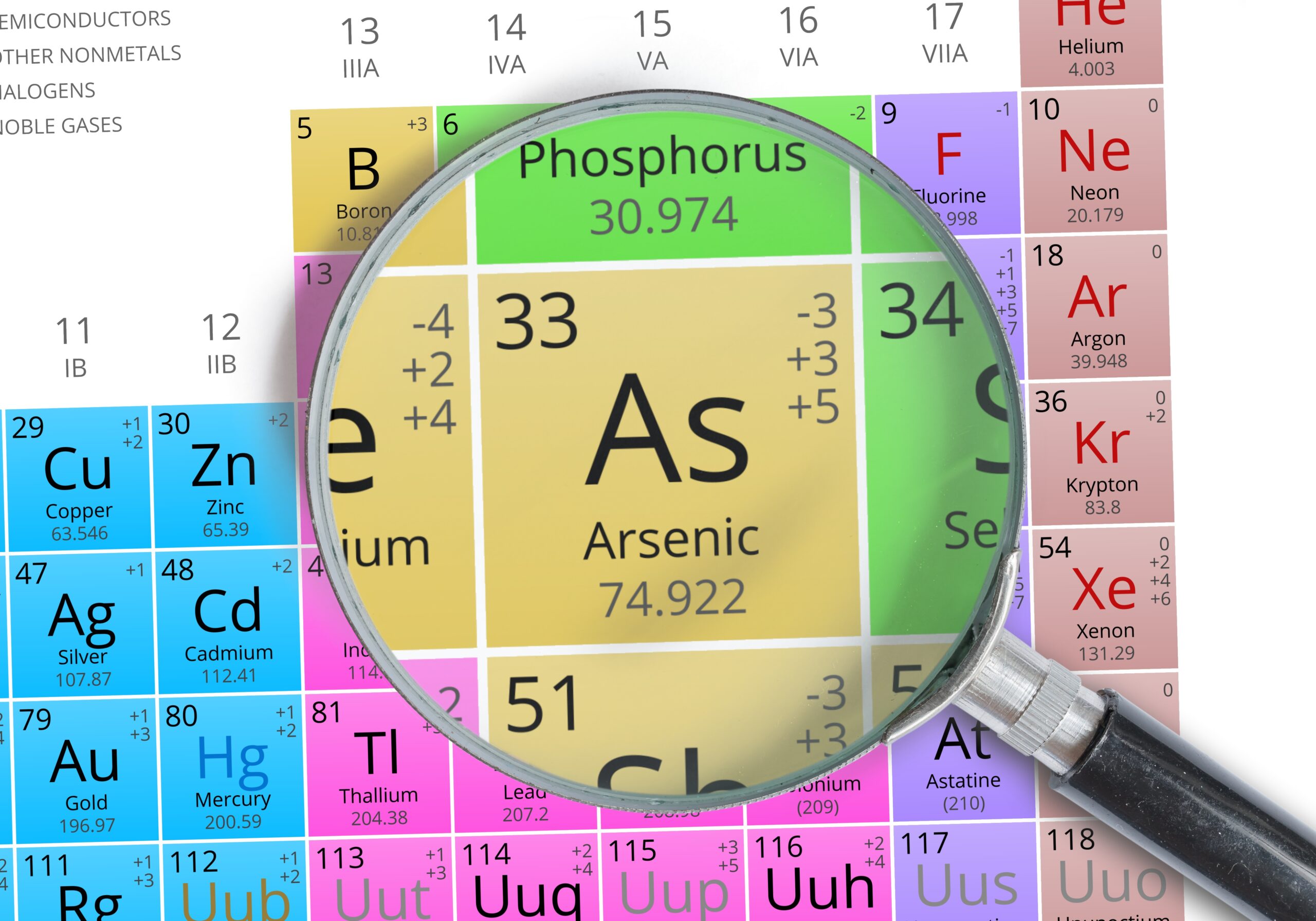
Today, we know arsenic as a deadly poison. But historically, arsenic was actually used as a medical remedy, from ancient China to the late 18th century.
Arsenic is known as Pi-Shuang in ancient Chinese medicine. It was used to treat various ailments for over 5000 years before falling out of favor.
In the late 1700s, arsenic was rediscovered by doctors as an innovative treatment for parasites, syphilis, and some cancers. It was considered a type of chemotherapy.
Nightshade

Deadly nightshade, or Belladonna, is perhaps best known as a component in witches’ brews. But it was also a popular historical remedy for wounds, pain, and insomnia.
In ancient Greece, deadly nightshade was considered a bit of a cure-all. You could use it for gout or sleeplessness, or even as a love potion.
As you can probably tell by its name, deadly nightshade is also a powerful poison. Both Augustus and Claudius died to Belladonna poisoning by their wives.
Ether
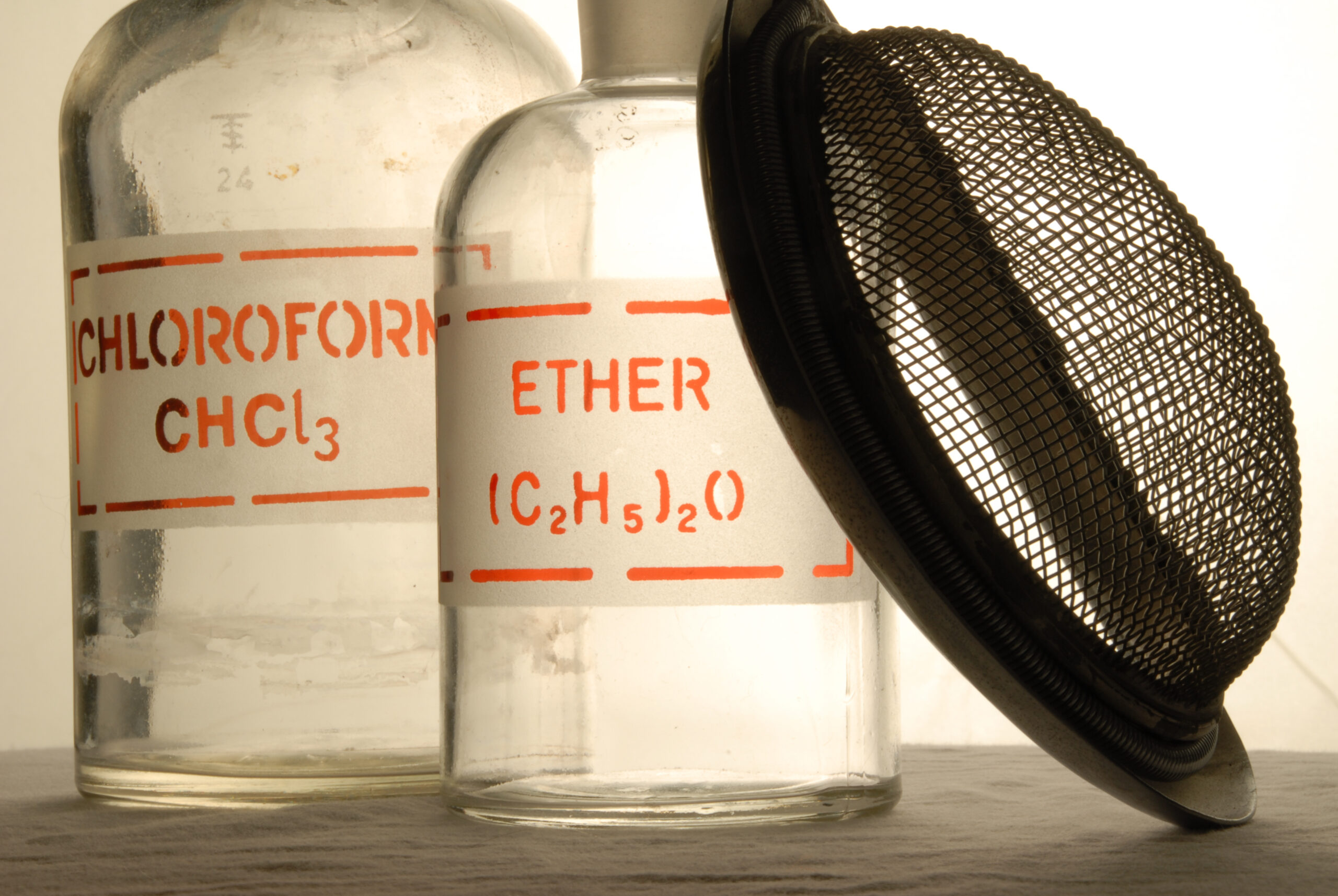
Ether was a precursor to modern anesthesia, and it was popular during the mid-19th century. While it was an improvement over previous methods, it wasn’t perfect.
This anesthetic liquid put off fumes that could be used to put a patient to sleep for a procedure. But it was also highly flammable and dangerous.
Even when just pouring ether from one container to another, enough static could build up to spark an explosion. Luckily, ether was replaced by safer options.
Dead Mice
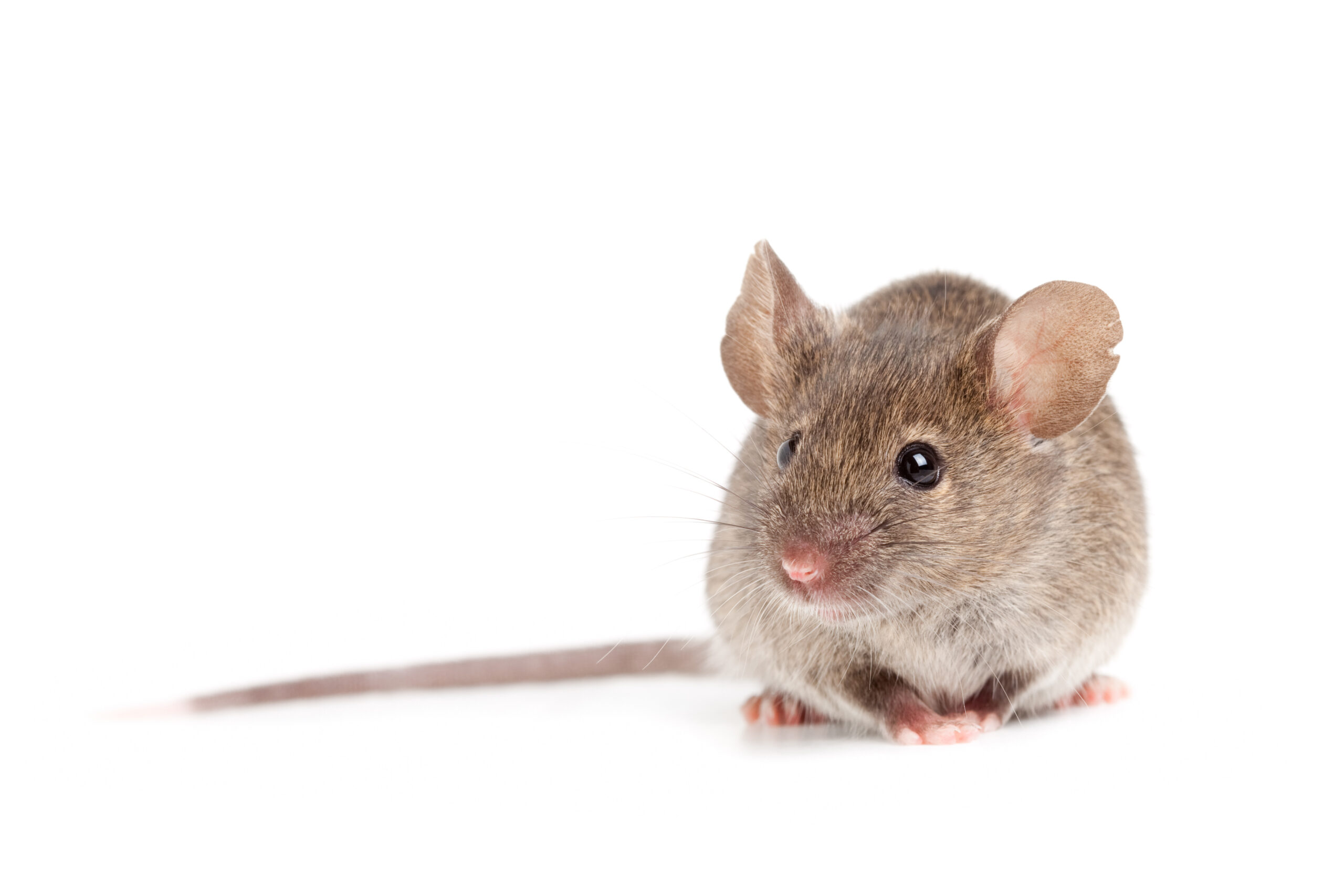
Are you an ancient Egyptian with a toothache? Hopefully not, because if you are, the treatment for your ailment is placing a dead mouse in your mouth.
Sometimes, the mouse would even be ground into a paste with other “therapeutic” ingredients. This could then be applied to a joint or injury to relieve pain.
Dead mice saw a resurgence in popularity as a medical treatment in Elizabethan England. People used mouse innards to treat warts, whooping cough, smallpox, and measles.
Diagnosis by Sheep Liver

How did medical professionals diagnose illnesses before the advent of blood tests and X-rays? They used sheep livers to diagnose their patients’ illnesses, of course.
In ancient Mesopotamia, which was located in modern-day Iraq, medical practitioners would sacrifice sheep to extract their livers. These held the secrets to their patients’ afflictions.
Sheep livers were thought to be able to tell the future, both medically and spiritually. All you had to do was examine its anatomical structure carefully.
Powder of Sympathy
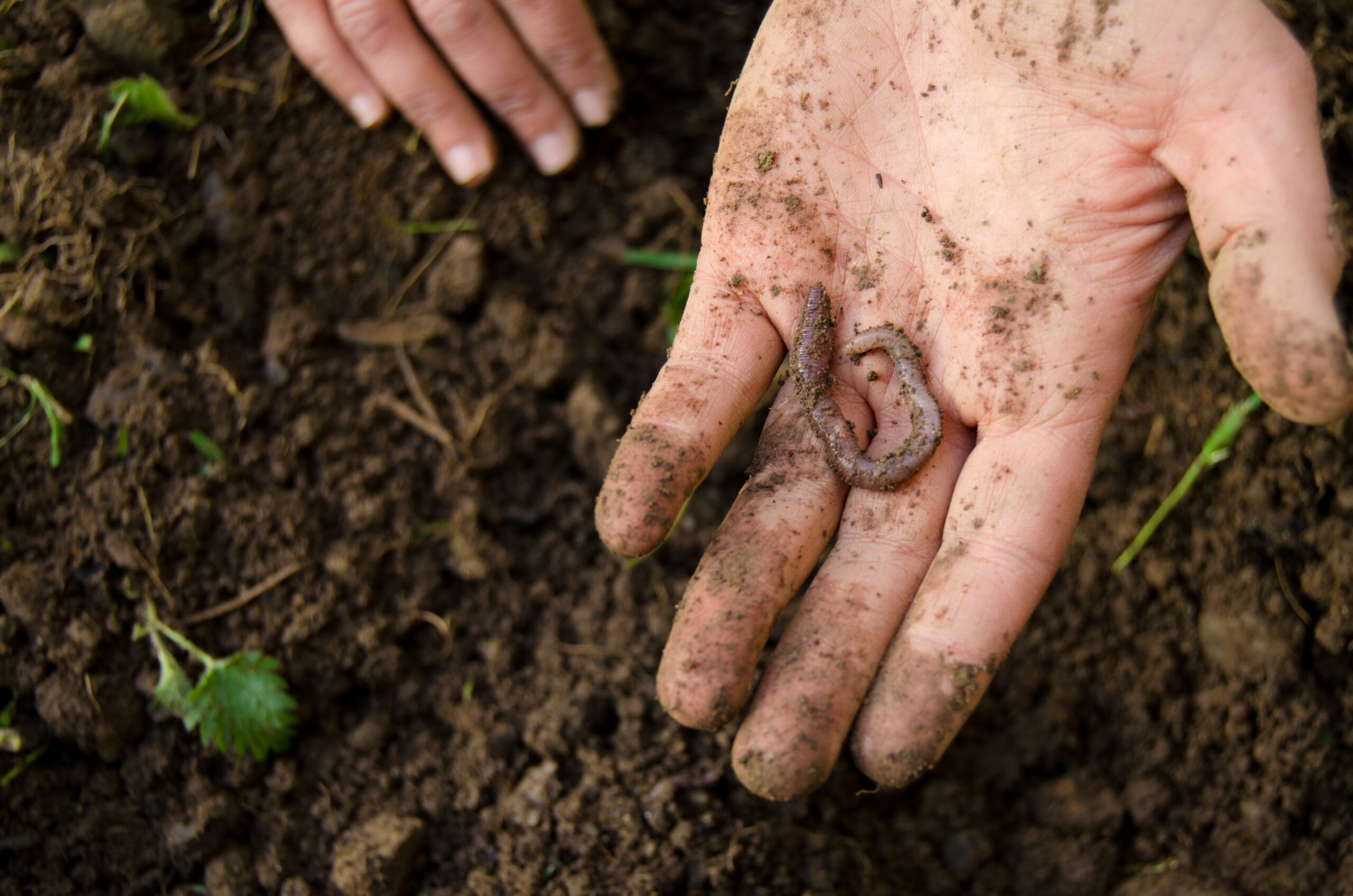
There aren’t many ancient historical cures that are as out there as “Powder of Sympathy.” This 17th-century remedy involved treating not the patient, but the weapon.
When someone suffered a sword wound, they could mix together worms, rust, mummy powder, and pig’s brain. But they wouldn’t use this on the wound.
Instead, they would apply the powder to the sword that inflicted the injury. This was thought to have the ability to heal injuries through “sympathetic magic.”
Moldy Bread
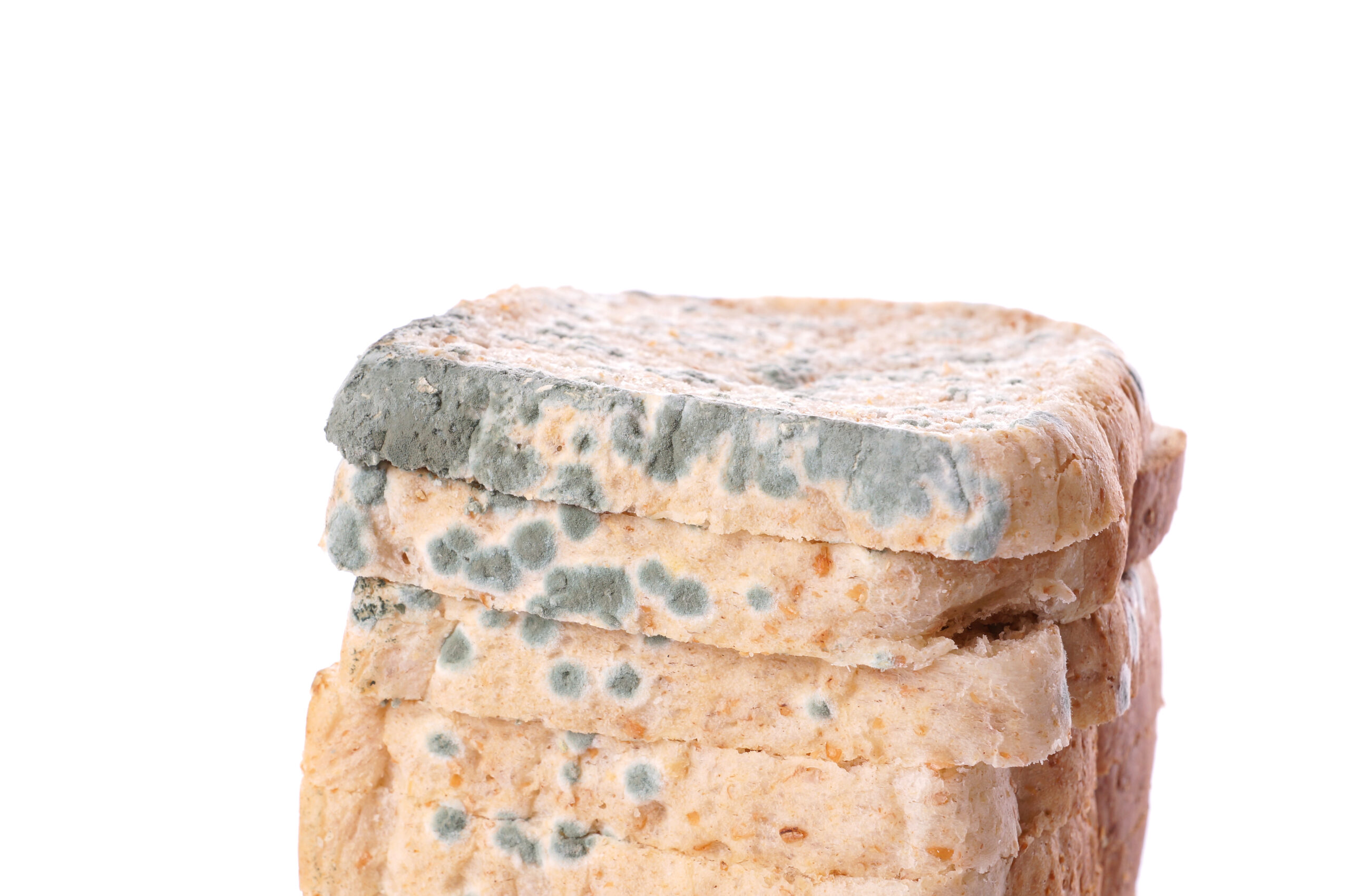
If you had a cut in ancient Egypt, your doctor might recommend applying the mold from old bread to the wound. Sound crazy? It’s actually not.
Sure, we wouldn’t use regular old bread mold to treat a wound today. But as Louis Pasteur would discover, mold does have the ability to block bacteria.
Penicillin is a powerful antibiotic that’s used today. It’s created synthetically now, but it was originally taken as a natural byproduct of a certain blue mold.
Diagnosis by Urine

Sure, you could drink urine to cure your ailments, but did you know you could also diagnose illnesses by simply examining the urine? Disclaimer: you can’t.
In Medieval Europe, if you went to a medical doctor to figure out what was wrong with you, they might ask you to give a urine sample.
But instead of examining it using a microscope, they would simply look at it, smell it, or even taste it. They would then make their diagnosis.
Paraffin Wax Injections
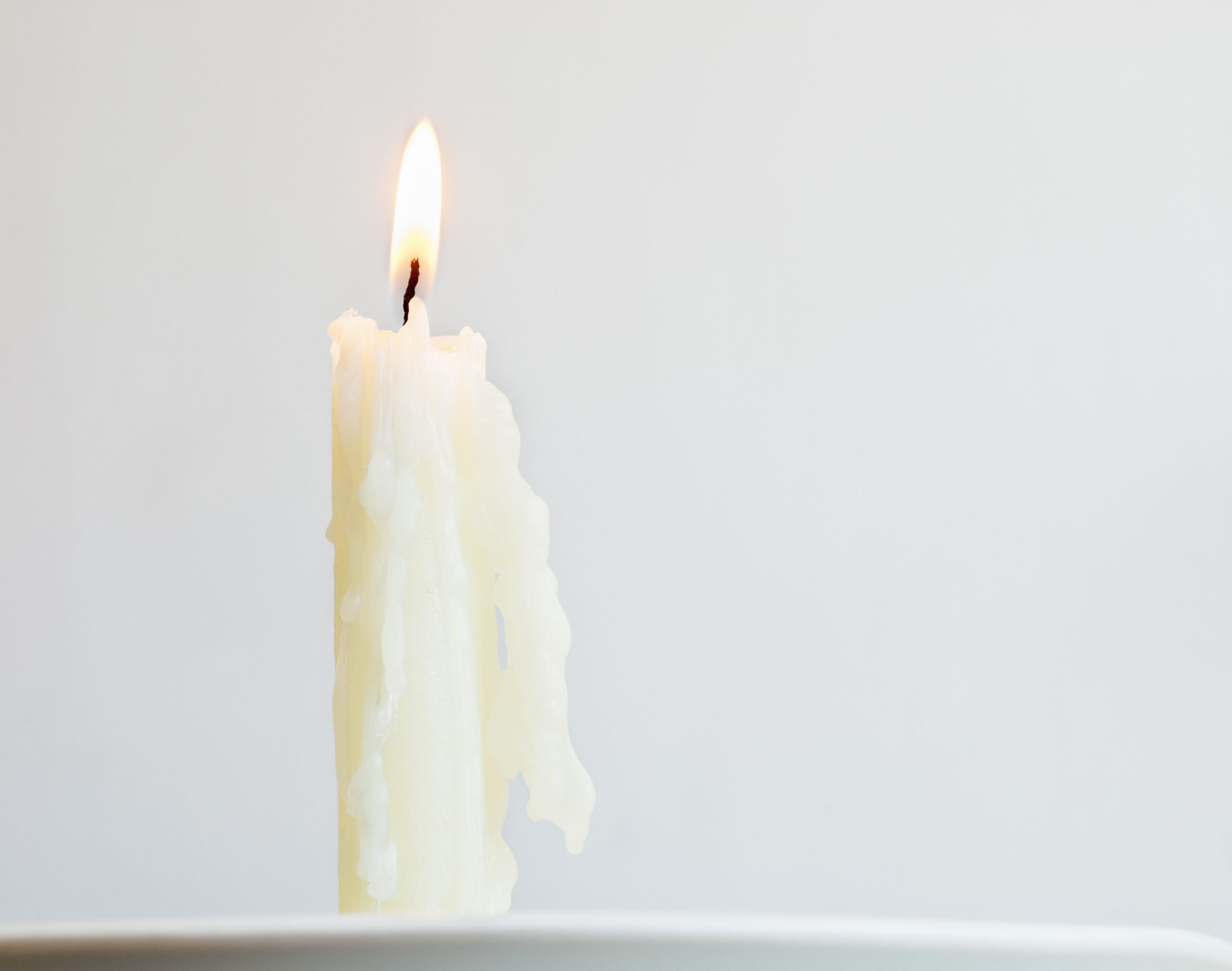
Today, you can visit a plastic surgeon for Botox or collagen injections to smooth wrinkles and rejuvenate your skin. In the 19th century, they used paraffin wax.
Women in the 1800s could even go in for an early version of breast augmentation. For this procedure, the doctor would inject paraffin wax into the breasts.
Paraffin injections fell out of popularity when more and more women started developing “paraffinomas.” These were hard, painful lumps (not surprisingly) caused by the injected candle wax.
Milk Transfusions

Is milk a good substitute for blood in a blood transfusion? No, but people didn’t know that in the 19th century. That’s why milk transfusions were popular.
It was believed that the fatty and oily components in milk would become white blood cells when injected. Unfortunately but not surprisingly, this wasn’t the case.
Shockingly, not all milk transfusions resulted in death. However, many of them did. One patient reportedly crashed during the procedure, recovered, and lived just 10 days afterward.
Climbing into a Dead Whale

If you had rheumatoid arthritis in the late 1800s, you might have considered visiting a whale hotel. What’s a whale hotel, you ask? Good question.
A whale hotel was a place you could go if you were suffering from arthritis. They were located near the ocean, next to known whale habitats.
You would wait for a dead whale to appear, then row out to the carcass. The whale would be cut open, and you would climb inside.
Skull Cure
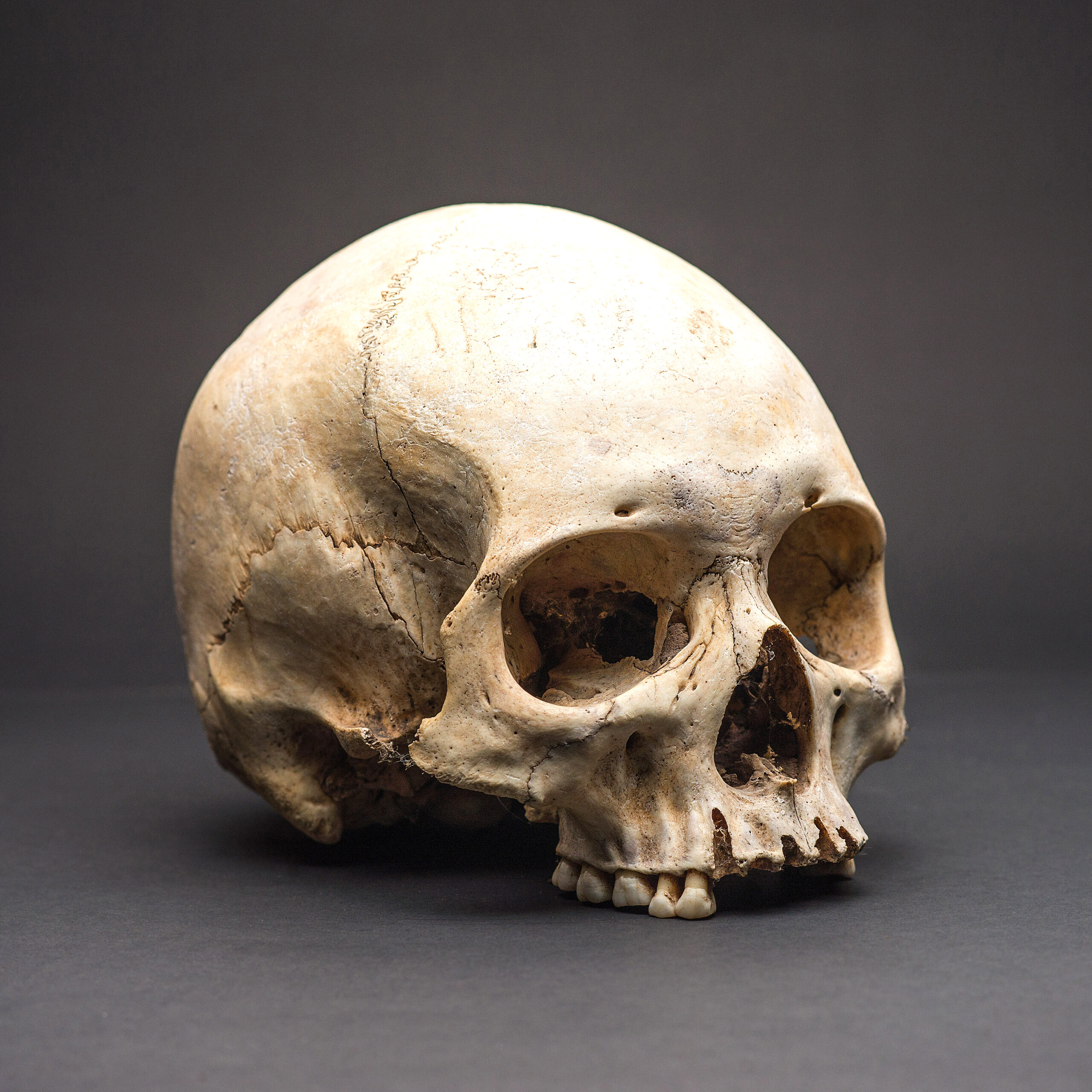
You’re having problems with grinding your teeth at night, so you visit a doctor. The next day, you wake up next to a skull on your pillow.
Is it Halloween? No, it’s just an ancient Babylonian remedy for illnesses, especially those related to sleep such as tooth-grinding and night terrors.
The ancient Babylonians believed that your illness was the result of demonic forces. The treatment for this? Sleeping next to a human skull for a week.
Tooth in Eye
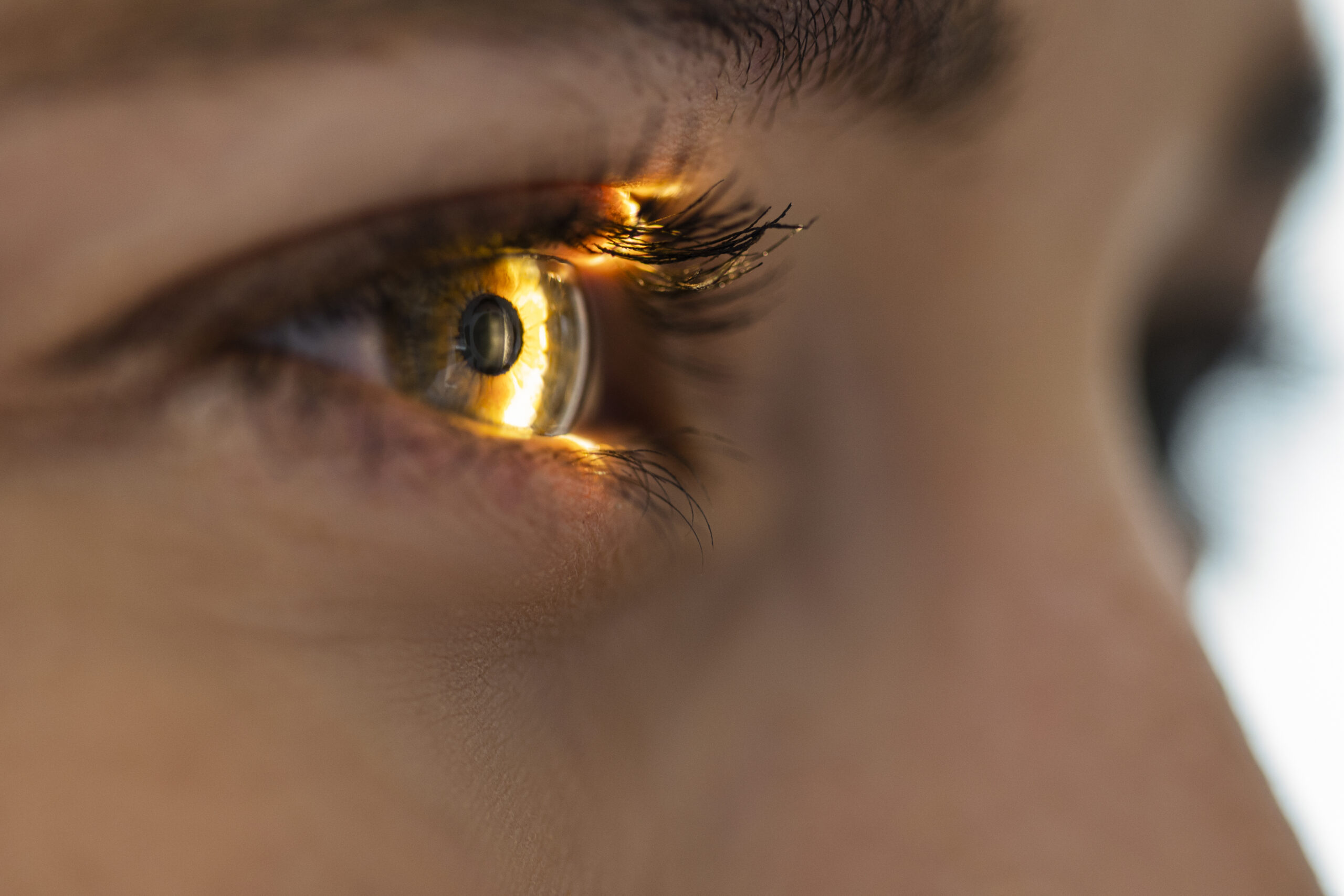
Here’s a bizarre remedy that actually exists today. Its scientific name is osteo-odonto-keratoprosthesis. That’s a mouthful, but this is a treatment for corneal blindness.
This treatment involves creating an artificial cornea using the patient’s own tooth. It was invented in 1963, but it sounds like something out of the Middle Ages.
The surgery is colloquially known as “tooth in eye” surgery, which sounds like it hurts! It can actually restore the vision of people with even severe blindness.
Weird Precursors to Modern Medicine
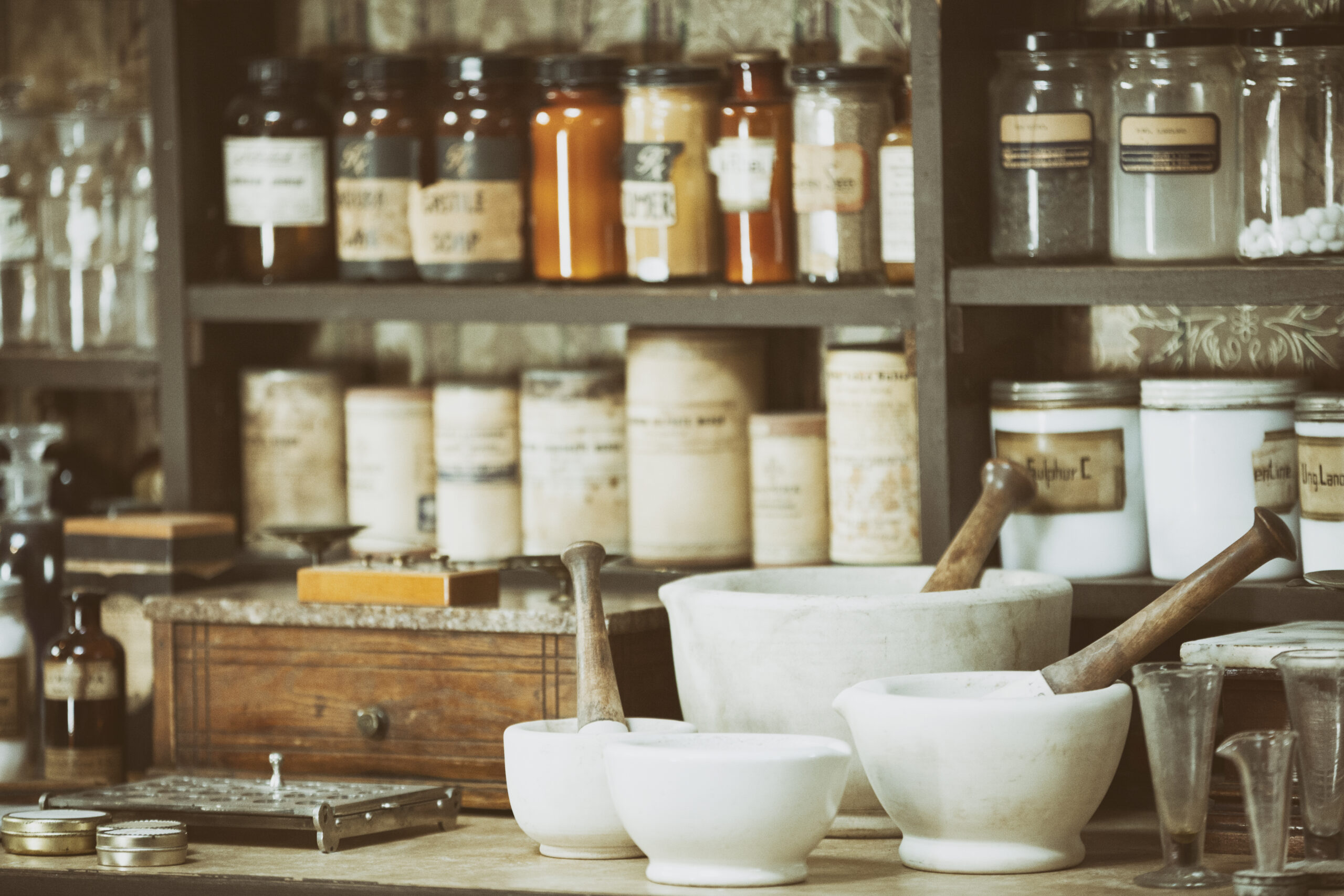
From leeches to dead whale carcasses, ancient medical remedies make us glad to live in the modern day. But it’s important to look back on these remedies.
Our ancient ancestors endured these treatments as part of the developing field of medicine. It’s thanks to them that we have many of our more modern treatments.
So next time you visit the hospital, take a moment to look back. Take a second to be grateful that you’re not climbing into a whale carcass!
